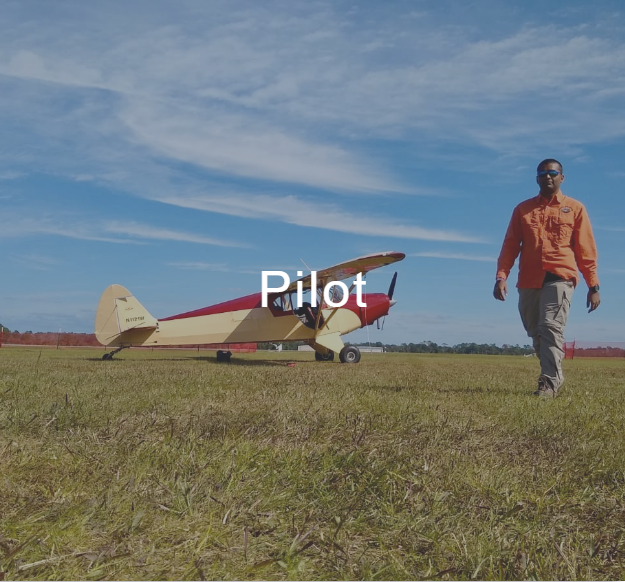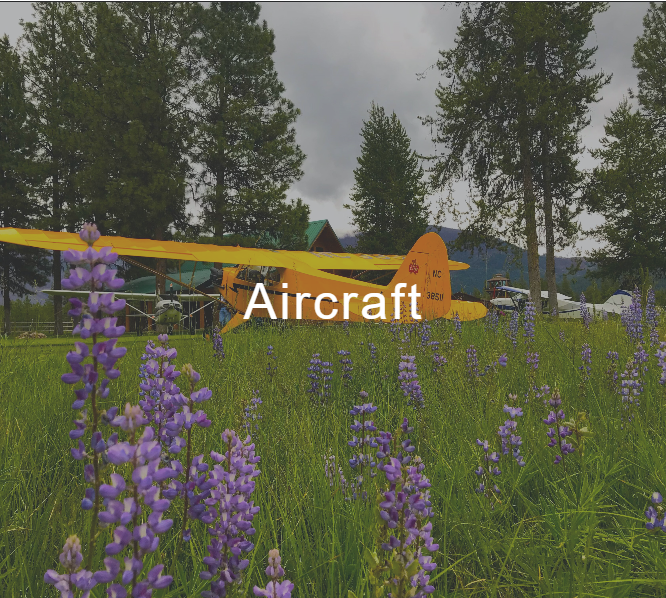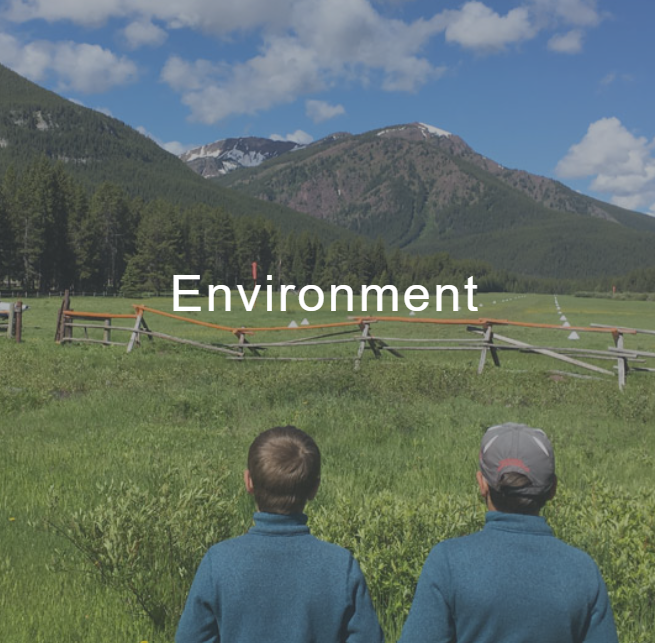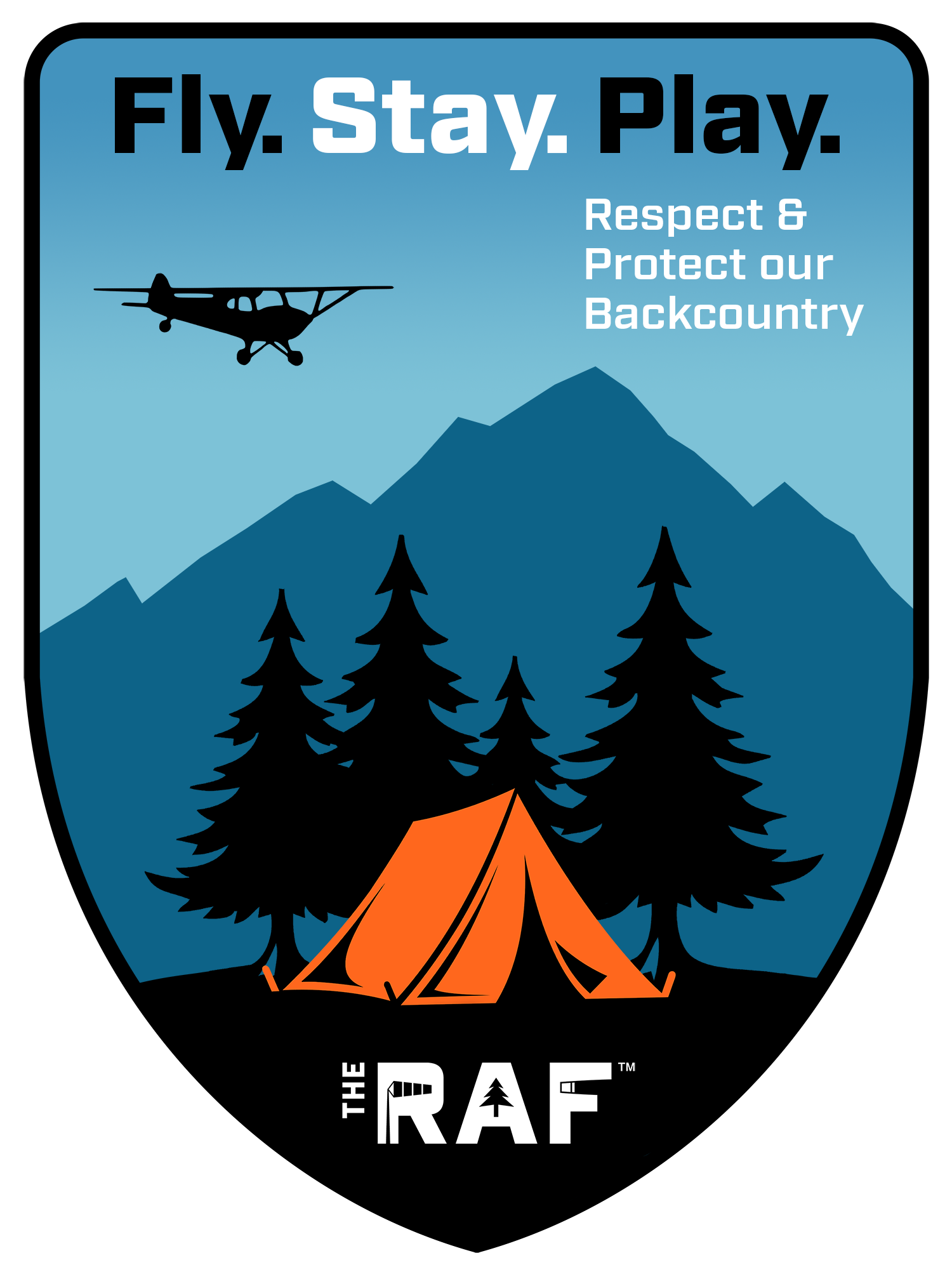Education & Safety
RAF CODE OF CONDUCT
The Recreational Aviation Foundation offers recommendations to advance flight safety, airmanship, professionalism, consideration, and courtesy toward the people and wildlife who share the recreational environment.
Each of us is an ambassador to the non-flying public and to the landowners or managers responsible for the airstrips we enjoy. We want to be the friendliest and most helpful recreational users working with land owners and managers. Significant negotiation and work go into protecting backcountry airstrips, and trust is earned through fulfilling our commitments to the land managers and owners.
This Code of Conduct presents a vision of excellence for recreational aviators. Its principles complement and underscore legal requirements and agreements for land use.

- Make safety your priority, acting with responsibility.
- Develop the skills necessary for safe backcountry aviation. Use instructors and knowledgeable pilots to seek excellence in airmanship through training and practice.
- Establish and adhere to personal minimums based on ability.
- Research and practice prudent operating practices for the airfield you wish to explore. i.e., reporting points and altitudes.
- Anticipate, recognize, and use sound principles of risk management and aeronautical decision making.
- Maintain awareness of and consideration for all in the flying environment, avoiding operations that may disturb or endanger passengers or people / wildlife on the surface.

- Use an aircraft that is capable and maintained for the mission.
- Be competent in the use of appropriate technologies for navigation, communication, and emergency rescue.
- Carry redundant transceivers and navigational equipment.
- Equip with proper water, food, clothing, shelter, first aid, and tools. Prepare for an extended time on the ground if necessary.
- Secure your aircraft.

- Use “Pack it in / Pack it out” and “Leave No Trace” practices.
- Keep your aircraft clean of weed traces and seed to prevent the spread of invasive vegetation.
- Recognize and minimize the environmental impact of aircraft operations.
- Go beyond applicable agreements, laws, and regulations in being considerate stewards of the environment.
- Act with courtesy to other recreators. Maintain reasonable distance and altitude and reduce your noise signature to a safe minimum.
- Know wildlife refuge boundaries and seasonal areas of wildlife congregation to avoid low level overflights.
- Minimize discharge of fuel and oil during refueling, preflight preparations, servicing, and flight operations.
- Avoid early morning departures unless safety of flight requires a deviation.
- Do not use backcountry airstrips for training. Stay long enough to enjoy their special recreational benefits.
ASI Safety Briefing Guide
The RAF partnered with AOPA’s Air Safety Institute - GA’s safety experts - in designing a Safety Survey for RAF members and also evaluating the survey results. After reviewing the survey results and also drawing from their own references, ASI produced a ‘Safety Briefing Guide’ that you can keep in and use from your own cockpit.
Building Your Knowledge
The RAF promotes safe flying through continuing education and training. While we do not endorse specific sources of information or training, we recommend that pilots continually educate themselves. To help pilots build knowledge, we provide the following resources as a starting point. If you have suggestions to add to this library, please email Tom Haefeli at thaefeli@theraf.org.
RAF GUIDE FOR THE PRIVATE AIRFIELD OWNER
The RAF recognizes private airfields are an important resource for increasing aviation access to recreation, and has compiled a Guide for the Private Airfield Owner to help airfield owners navigate issues related to their airfields.
“Preserving private use airfields is a primary mission for us,” said John Nadeau, RAF's Recreational Use Statute Liaison. He owns Old Acton Airfield in Maine (02ME), and took the lead in drafting the document, which has gained the endorsement of AOPA. Nadeau added, “It will be RAF folks who show up at an airfield with rakes, shovels, and pulaskis when word goes out that an airfield owner needs help.”
The Guide includes discussion of the FAA charting process; and legal, liability and legacy concerns.
You may request printed copies using contact@theraf.org
RAF's Backcountry Etiquette Team (BET)
The BET strengthens the culture of stewardship using multilateral messaging regarding respectful backcountry flying practices. They've partnered with Tread Lightly!, a nonprofit organization that promotes responsible motorized access, as well as the U.S. Forest Service and state pilot organizations like the MPA and IAA. The BET emphasizes a Fly Stay Play philosophy at airstrips; if pilots abuse the privilege of flying in these wonderful places, we may lose access to them.
Recommendations for pilots:
- Be considerate of other backcountry users.
- Reduce the noise signature of your airplane.
- Train at home and avoid touch-and-goes in the backcountry.
- Use the proper CTAF and minimize chatter on that frequency.
- Pack out trash and leave your surroundings better than you found them.


